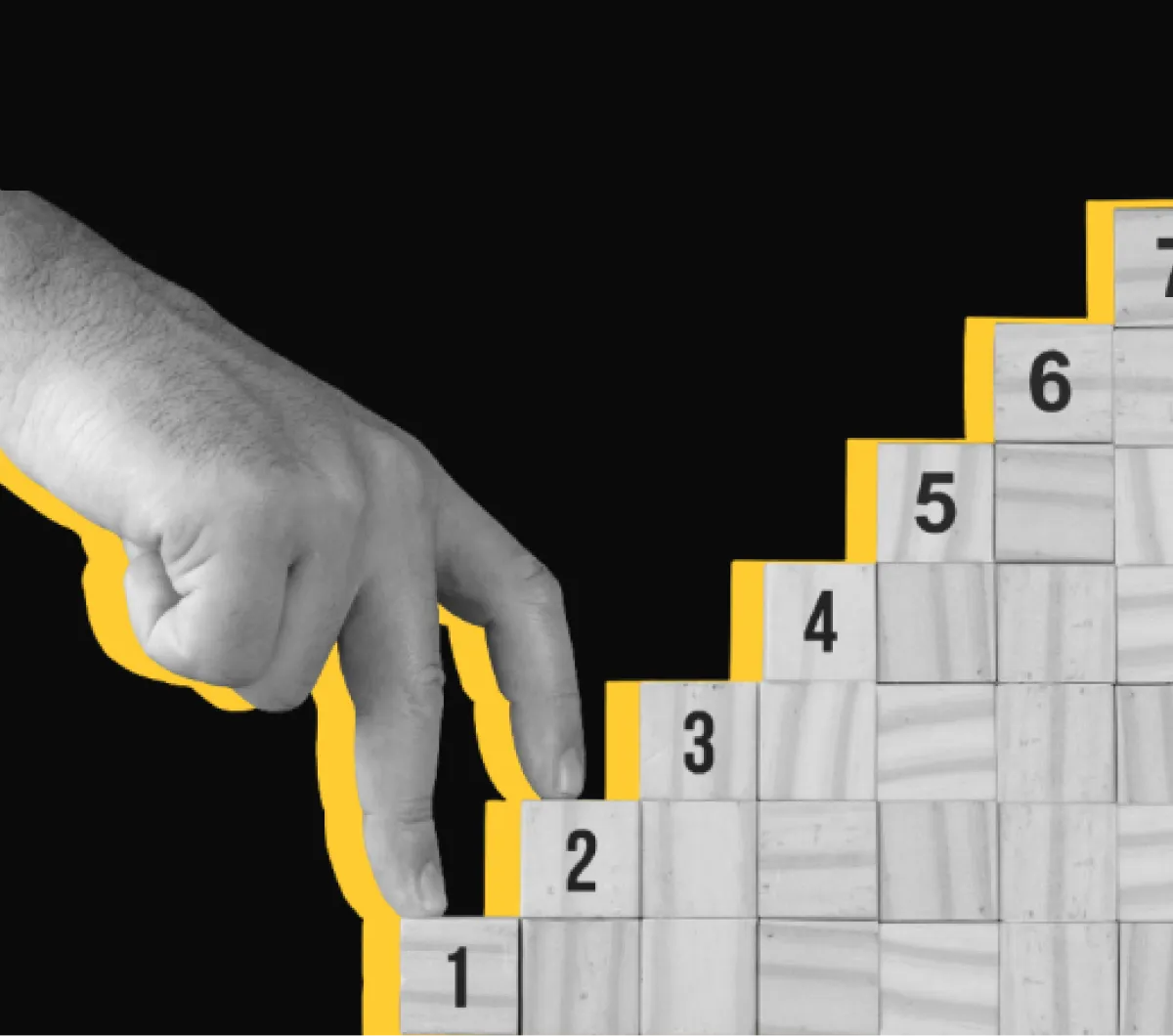THE PRODUCT OWNER
The Product Owner (PO) is responsible for maximizing return on investment (ROI) by identifying new functionality for a product, putting it on a prioritized list, deciding what should be on top of that list for the next Sprint, and continually reprioritizing and clarifying that list.
If it is a commercial product PO is also responsible for the income and expenses (PNL, profit and loss) of the product. In case it’s an internal company product, the Product Owner is not responsible for ROI in a commercial sense (for generating revenue) but is still responsible for maximizing ROI in the sense of selecting the most valuable elements for each Sprint.
How is product value determined?
In practice, ‘value’ is a blurry term, so prioritization can be influenced by:
the desire to satisfy key customers;
alignment with strategic goals;
the desire for improvement;
risk reduction;
and a few other factors.
In some cases, the Product Owner and the customer are the same person; this is a common practice for internal applications.
It is important to note that in Scrum, there is one and only one person who is solely responsible for the product – the Product Owner. Of course, this person does not have to work alone
THE TEAM
The Team, officially called the Development Team (DT), builds the product that the Product Owner appoints them to: an app or a website, for example.
The team in Scrum is “cross-functional”. It contains all the expertise needed to deliver a potentially finished product on every Sprint. It is “self-organized” (self-managed), with a high degree of autonomy and responsibility. The team decides how many items (from the set proposed by the Product Owner) to take into development for each Sprint, and how to realize them in the best way.
Each member of the Team is just one of a team. There are no defined titles in the Scrum group: there is no business analyst, no DBA, no architect, no team leader, no UX/UI designer, no programmer. They work together during each Sprint in whatever way is appropriate to achieve the goal they have set for themselves.
How Scrum team works?
Since there are only equal team members, the Team is not only cross-functional, but multi-learning. Each person, clearly having a stronger hand in a certain area, also continues to learn other directions. Every person has primary, secondary, and even tertiary skills, supporting “go to where the work is” attitude; taking tasks in areas less familiar to them, team members help each other complete the phase. For example, a person with primary skills in design might have a secondary skill in test automation; someone with primary skills in technical writing could also help with analysis and coding.
What is Scrum team composition?
A Scrum team consists of 7 (+-2) people, and in case of a software product, the Team includes people with skills in analytics, development, testing, front-end design, database design, architecture, documentation, and so on.
The team develops the product and provides ideas to the Product Owner on how to make the product better. In Scrum, Teams are more productive and efficient if all team members are 100 percent committed to working on the same product for the full duration of the Sprint. Stable teams achieve high productivity, so avoid changing Team members
There are two main analogies clearly describing it from different angles.
THE SCRUM MASTER
The Scrum Master (SM) helps the product team learn and implement Scrum to generate business value. The Scrum Master does everything in his or her power to help the Team, Product Owner and organization be successful.
The Scrum Master is not a project manager, nor team leader or team representative. Instead, the Scrum Master serves the Team by:
protecting the Team from external influences;
helping to remove obstacles;
introducing modern engineering practices.
Great Scrum Masters can come from any background or specialization: Engineering, Design, Testing, Product Management, Project Management, or Quality Management
IN A NUTSHELL
Organizations willing to implement Scrum should realize that it’s not some fancy business trend but an effective methodology, that can be quite demanding.
For example, if the Scrum Master has held a leadership position inside the Team in the past, he or she should consider significantly changing their mindset and interaction style in order for the Team to succeed in Scrum.
In Scrum, people who used to play “babysitter” role (handing out tasks, preparing status reports, and other forms of micromanagement) have a chance of becoming Team’s “guru” or “servant”, providing mentorship, coaching, helping to remove obstacles, solve problems and offering creative input.
